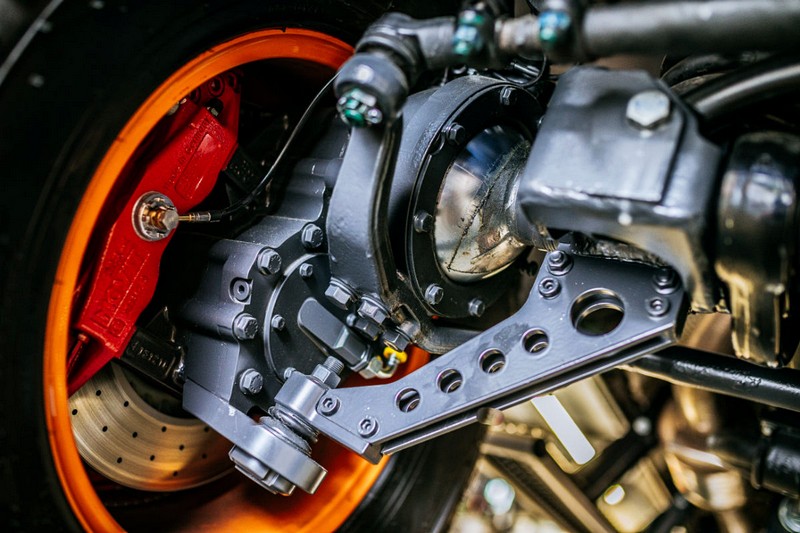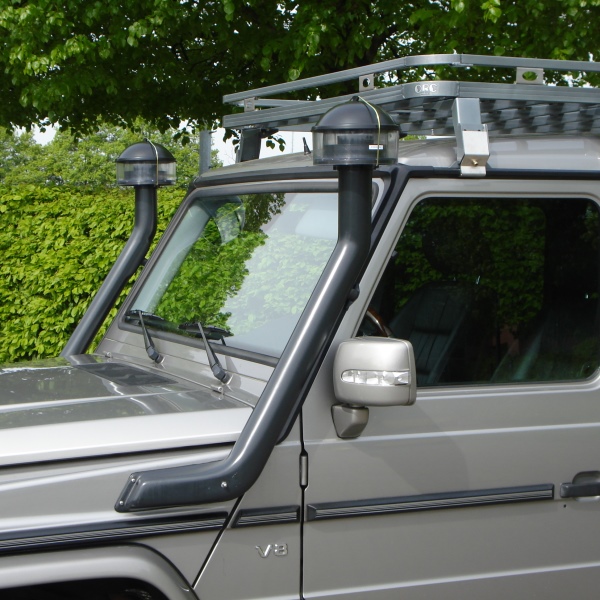How do you replace a classic? Moreover, how do you improve it? It’s a question that’s been asked in many boardrooms over the decades and with varied success, though a list of triumphs would probably be dwarfed by the list of disappointments concerning myriad motoring greats. The Jaguar E-Type is a bonafide star, as is the long-awaited and brilliant F-Type but in reality the actual replacement was the underwhelming XJ-S which couldn’t fill such big shoes. The BMW E30 M3 is as desirable today as it was 30 years ago as a homologation special, and while the E36 M3 was no bad thing in Europe the US model was weak as water. The Lamborghini Murcielago, a rabid, ruthless monster with real Sant’Agata V12 heritage may have been usurped by the technologically superior and faster Aventador, but arguably it was at the expense of the overall result being somewhat sanitized. It’s a fine line to walk, and you can only get it right or wrong.So, what to think of Mercedes Benz and its 2019-model W464 G-Class, a model now being built up with hype, expectation, and no doubt some criticism regarding its replacement of the aging but universally adored 1990s-vintage 463. This is a vehicle that can trace its history as far back as the first 1979 models that rolled out of Graz, Austria, where production of the W464 will continue. There’s a lot of love for the Geländewagen, in much the same way there was a rush of passion and pride for the Land Rover Defender when the end of its production was announced. Mercedes has to deal with the same pressures as any other manufacturer releasing a new model, like higher safety and environmental standards, greater expectations on quality and performance, and all while trying to keep the purists happy, the new customers happy, the bean-counters happy, and the critics happy. Not necessarily in that order.Time waits for no man, nor no car, and the 21st Century has finally caught up with the G-Class. That said, there’s more than just a nod to the past; you don’t need to look twice to realise it’s a G-Wagen, but a second glance might identify that it is bigger, and while it’s no race car, we’ve been assured it is also more aerodynamic. Slightly. If the same-same exterior struck you as being a little boring, then you need only look at a few of the official interior shots to see there’s a drive to embrace the future and it is certainly something of a departure from the G-Class of old. A digital dash, straight from the S-Class, brings the G up to date with just one tick in the options list. It’s clear that quality is a greater focus than on the previous model, something even purists can probably be pleased about for it has not come at the expense of some traditional quirks. Going digital replaces many buttons, and the look is certainly much more elegant than the rudimentary and workman-like roots of the original G-Wagen.
If we mention quality a few times, it’s probably starting to sink in how big a jump the new car is going to be over the old; 39 years might as well be light years in the motoring industry, and the G-Class was certainly starting to show its age with its narrow cabin and the putting together of its interior. More stringent safety standards are part of the reason for the increase in many key dimensions, and so it goes that the W464 ends up being about an inch wider with a 5.9-inch longer wheelbase, but with the welcomed bonus of improvements in hip- and shoulder room, and some six inches more rear legroom. It shows this is not just a workhouse but a luxurious way in which to conquer every mountain, river, autobahn, and city block. The big G isn’t all about show, and workhorse trims will still be made available but even Mercedes has to acknowledge the fact close to half of recent production has been the toy- and horsepower-heavy AMG models. That said, you’re still going to get that trademark rifle-bolt door lock actuation and heavy thunk as you close the doors, and of course there is still a passenger grab handle on the dashboard to help when hauling yourself up into the G. And the famed Schöckl badge on the B-pillar is still there too, a homage to the mountain every G-Class model is tested on as a requirement for production.
As for engines, transmissions and off-road (or on-road) ability, there is still a lot of conjecture about the final details, but you can be sure there will be a range of relatively-sensible diesels to complement the heady petrol V8s that garner most of the attention. That all said, Mercedes seems to have kept largely to the original 1970s script and produced a Gelaendewagen the purists and customers will love. But with these worthwhile and belated improvements, it may still be a G-Wagen, but not quite as we know it.

Written by Alex Burchell




